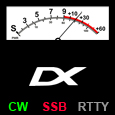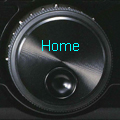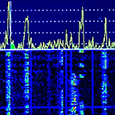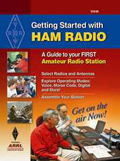

Excellent Amateur Radio Resource

Young Ham Of The Year
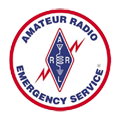
Providing Emergency
Services
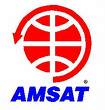
Ham Radio Satellite
Communication
|
Imagine for a moment that it's a warm summer day. You’re sitting down, relaxed in your own backyard, and on a tiny hand-held radio, you begin a "live", personal conversation with the commanding astronaut aboard the latest Space Shuttle.
Sound improbable? Maybe impossible? Well, an exciting hobby, called Amateur Radio, actually makes this possible. Amateur Radio operators, or "Hams" as they're called, can talk to astronauts and cosmonauts in outer space from anywhere on earth. In fact, two amateur radio operators (Heide, KD5TVR and Dan, KC5ZSX) were aboard the shuttle Atlantis, which traveled to the International Space Station recently. Everyday, hams help people and make new friends around the world from their homes, cars, outdoors -- and even outer space!
Ham Radio operators make it a point to be helpful in emergencies too. When a disaster strikes, and all other communications fail, hams step in to help families contact their loved ones. Sometimes, they even save lives by relaying critical infrmation during a crisis. In 2005, the impact of Hurricane Katrina in New Orleans called for hundreds of hams to help out and provide emergency management communications around the New Orleans area. On September 11, 2001, many hams volunteered their time to relay messages around the world during the need in New York City, and Washington. During these and past events in our nation's history, amateur radio operators have worked behind the scenes patching holes in our nations communications network with their expertise and rapid action without most people even realizing it. You can read more about the contributions of hams during the Hurrican Katrina disaster here, as well as the 9/11 terrorist attacks here.
Most Ham Radio enthusiasts like to experiment with leading-edge technologies. For example, some hams actually communicate with other hams by bouncing their signal off of the moon or off of ionized meteor trails. Others enjoy designing, building, and using their own equipment and antennas. Some hams like to collect and restore antique radios and old telegraph equipment. And, many hams are active in their local Amateur Radio clubs, which are closely involved with the community, especially during public service events such as parades and walk-a-thons.
A great thing about this hobby is that anyone can be an Amateur Radio operator. Hams range in age from under 6 to over 100. An entire family can have fun making friends world-wide, as they learn the culture and history of other countries. Kids, as well as adults, can benefit from this hobby, by getting involved with geography and math. Also, using Morse code enhances spelling abilities. Recently, the ARRL Foundation awarded 51 Scholarships to young students to celebrate their academic achievements and commitment to amateur radio.
Besides Morse code and voice, hams can communicate with each other by using their computers. As a ham, you can use your radio equipment to do things like: remotely make phone calls, communicate using satellites, create your own TV station, talk to ham-astronauts in space, participate in operating contests, and collect operating awards. With the addition of a personal computer, you can: transfer e-mail messages, data files, and graphic images over the airwaves. You can operate radio-teletype, or use GPS technology to monitor the current locations of hams on a "live" map. Or jump in on the latest fun pastime: Geocaching which makes use of the Internet, GPS technology, and ham radio.
So, how can you become a ham? Well, America’s hams are licensed by the Federal Communications Commission, or FCC. You can get a Technician Class license by passing a beginning-level 35-question exam on basic electricity and some general radio-operating rules. The next level license, General Class requires passing an intermediate-level 35-question exam. The highest level license, the Extra Class, requires passing an advanced-level 50-question exam. The cost of basic study materials and your first license should be less than $40, and examinations are given locally, a few times per month, by a local Volunteer Exam Coordinator (VEC).
One of the largest ham organizations in the US is the American Radio Relay League, or ARRL, which started in 1914. If you’re interested, or you have a family member that might be interested in getting started in Ham Radio, you can contact the American Radio Relay League in Newington, Connecticut by calling 1-800-32-NEW-HAM or by visiting their Web site at www.arrl.org. The ARRL has also put together a comprehensive website simply titled, "Hello" which explains this great hobby in more detail. Click on the "Hello" image in the sidebar, and you will be taken to the website.
As Stan Gulich from Swedish station SW7FT says on his QSL card, "Amateur Radio gives you 2 million friends -- here are some of them".
Aren't you ready to meet a few?
|
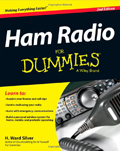
Good Basic
Introduction
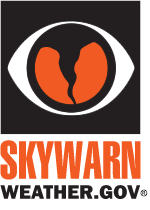
Monitor Weather 24/7

Technical Stuff Simplified

Issues All
Ham Licenses

"Hello"
100 Years of Voice

QSL Card
From Sweden |

